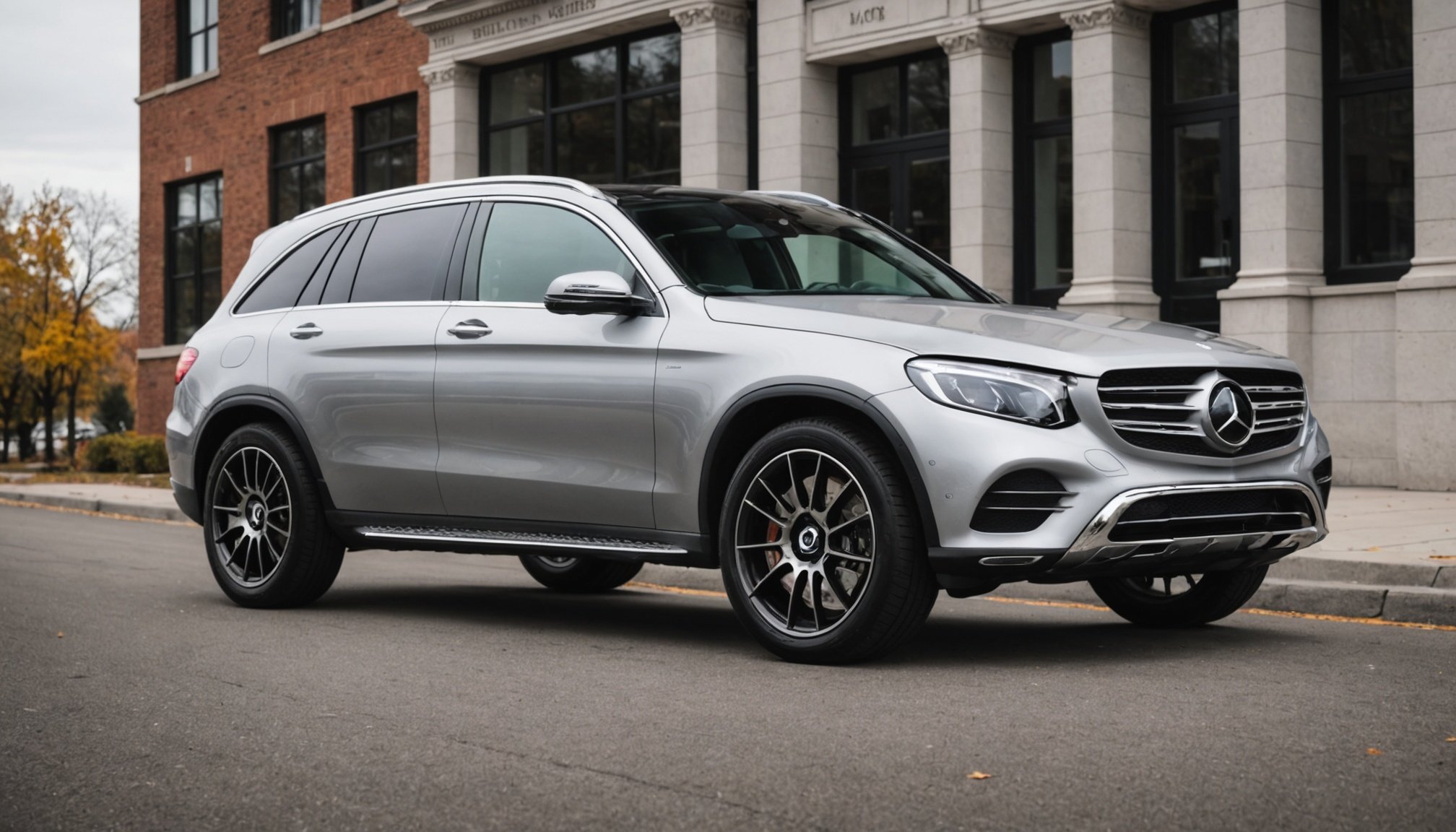Tools Required for Installation
Selecting the correct tools is paramount when installing lowering springs. Essential tools for the job include a spring compressor, which safely compresses and removes springs, and a torque wrench to ensure the proper tension in fasteners, maintaining installation accuracy. A set of socket wrenches of varying sizes is fundamental for loosening and securing bolts throughout the assembly. Additionally, jack stands are indispensable to elevate and stabilize the vehicle securely.
While generic tools may suffice, investing in recommended brands like Snap-on or Milwaukee can result in smoother installation due to their durability and precision. Using well-manufactured equipment can prevent stripping bolts or other installation snags. Moreover, ensure all tools are in optimal condition to avoid mid-process equipment failure.
Topic to read : Enhance Your BMW 5 Series Sound System with Easy Upgrades: A Simple Modification Guide
Understanding the necessity of each tool aids in preventing potential mishaps and ensures a seamless installation. Proper equipment guarantees not only efficiency but also safety, as inferior quality tools may increase the risk during handling. Prioritising the right equipment results in a more reliable outcome, enhancing the vehicle’s performance post-install.
Safety Precautions
Before embarking on a vehicle modification like lowering springs installation, observing safety measures is critical. Always begin by donning protective gear, such as gloves and goggles, to safeguard against accidental injuries. The installation process involves handling heavy and high-tension components, where unforeseen issues could arise. Thus, wearing the right gear is non-negotiable for a secure setup.
In the same genre : Optimize Your Honda Accord’s Alignment: Expert Tips to Reduce Tire Wear
Ensuring vehicle stability is paramount. Secure the vehicle with jack stands on a flat surface. This will keep the car stable and minimize the risk of slips or falls during the work. Simply relying on a jack is risky, as it can fail, leading to catastrophic accidents.
Common hazards to anticipate include the potential for springs to release unexpectedly. Use a spring compressor correctly to manage this risk. Another concern is ensuring there are no loose bolts when the job is completed, which means double-checking all torque settings. Be mindful of these risks to increase safety throughout the installation process and operate within a secure environment. These precautionary steps are essential to mitigate dangers inherent in performing such modifications.
Step-by-Step Installation Process
Embarking on a lowering springs installation demands meticulous preparation and attention. Properly preparing the vehicle is vital for a smooth process.
Preparing the Vehicle
Before installation begins, ensure the vehicle is on stable, flat ground. Use jack stands to securely raise the car, guaranteeing stability throughout the installation. After safely lifting the vehicle, remove the wheel to gain access to the suspension components. This initial preparation sets the foundation for the rest of the installation.
Removing the Old Springs
With access improved, focus on safely removing the old springs. Use a spring compressor to release the tension carefully. Handling struts and shocks with care is crucial; disengage them gently to avoid damage. Challenges often arise with stubborn bolts or fittings, so consider using penetrating oil for a smoother removal.
Installing the New Lowering Springs
Begin installing the new springs by ensuring they are properly aligned. Attention to torque settings is necessary for the reassembly of all components, ensuring everything is securely fastened. Proper fitment is key to preventing future handling issues. Following each step carefully results in accentuated performance and visual enhancements.
Performance Benefits of Lowering Springs
Lowering springs can significantly enhance a vehicle’s handling and cornering capabilities. By lowering the centre of gravity, these springs offer increased road grip, allowing for more precise control during turns. This adjustment reduces body roll, which is especially noticeable when navigating sharp corners or quick lane changes.
Beyond performance, lowering springs contribute to the vehicle’s aesthetics. They provide a more aggressive stance by reducing the wheel gap, making the car visually appealing. This change not only attracts attention but can also increase the vehicle’s value.
However, these benefits do come with considerations regarding ride quality and comfort. While tighter handling is achieved, the ride can become firmer due to the stiffer suspension setup. For some, this trade-off is worth the enhanced performance and visual appeal.
It’s essential to evaluate whether the benefits align with personal preferences and driving habits. Lowering springs are best for those who prioritise performance and appearance over ultimate ride comfort. For anyone seeking such improvements, they offer an excellent route to achieving both style and substance.
Alignment Adjustments Post-Installation
After successfully installing lowering springs, it is crucial to focus on wheel alignment to ensure optimal vehicle performance and safety. Post-installation, misalignment can lead to uneven tyre wear, steering issues, and reduced handling efficiency. Thus, a thorough alignment check is imperative to maintain the vehicle’s integrity.
For the Mercedes-Benz GLC, specific alignment specifications ensure the car remains stable on the road. Adhering to these factory-recommended settings can prevent long-term damage and enhance driving comfort. Regular checks are advisable even after the initial adjustment, especially if you notice signs of misalignment.
Indications of alignment issues include the vehicle pulling to one side, a crooked steering wheel when driving straight, and audible tyre squeals during turns. Addressing these promptly by reassessing the alignment settings can avert further complications.
Despite careful installation, some degree of misalignment could occur due to lowering the vehicle. To guarantee precision, consider professional alignment services which use advanced tools to achieve the perfect balance. This approach ensures your GLC not only performs at its best but also offers a smooth and enjoyable driving experience.
Spring Specifications and Compatibility
When selecting lowering springs for the Mercedes-Benz GLC, understanding the recommended types and brands is crucial. Ensuring compatibility involves considering spring rates, which influence your vehicle’s handling and performance. The spring rate, measured in pounds per inch, defines how much the spring will compress under a given load. Choosing a spring with an appropriate rate is essential to maintain balance between comfort and performance.
High-quality brands like H&R, Eibach, and Vogtland are popular among GLC owners due to their precision engineering and reliable performance. These brands offer springs specifically designed for Mercedes-Benz models, ensuring a perfect fit and optimal driving dynamics. Always check the specifications to match the exact requirements of your model, as variations might exist even within the same series.
It’s beneficial to understand the spring’s intended purpose—whether for aesthetic enhancements or performance improvements. A firm understanding of these elements ensures your GLC not only looks appealing but handles excellently on the road. The right spring choice enhances overall driving satisfaction, delivering the desired blend of visual appeal and practical performance.
Troubleshooting Common Issues
After completing a lowering springs installation, some common problems might surface, affecting the vehicle’s performance or comfort. Identifying these issues promptly can help maintain optimal ride quality. One frequent concern is unwanted noise, such as squeaking or clunking sounds, which is often caused by improper installation or insufficient lubrication. Ensure all components are tightly secured and regularly check for loose bolts to mitigate this issue.
In some cases, handling problems may arise, including instability or difficulty in cornering. Such issues could be due to incorrect spring alignment or unbalanced suspension components. Double-checking the alignment and ensuring all parts are correctly installed can resolve handling discrepancies.
If you encounter persistent problems or the vehicle behaves unexpectedly, it might be time to seek professional assistance. An experienced mechanic can diagnose and correct underlying issues, ensuring your car performs reliably. Recognising when to seek help ensures safety and prolongs the life of the modifications. Remember that even the best installers occasionally require expert insight to resolve complex challenges effectively.
Recommendations for Compatible Spring Brands
Choosing the best lowering springs for your Mercedes-Benz GLC can significantly enhance both your vehicle’s performance and appearance. Top brands such as H&R, Eibach, and Vogtland are highly recommended. These brands are favoured for their quality, reliability, and precision engineering, which ensures optimal driving dynamics. Each offers options tailored to Mercedes-Benz models, guaranteeing a perfect fit.
Performance Reviews and Features
-
H&R Springs: Known for their high-quality materials and advanced technology, H&R springs provide improved handling while maintaining ride comfort. Users report enhanced cornering and a noticeable reduction in body roll.
-
Eibach Springs: Featuring progressive rate springs, Eibach ensures a sporty feel while keeping comfort in check. Drivers praise their dual-benefit of performance and aesthetics.
-
Vogtland Springs: Vogtland combines innovative design with durability, offering excellent performance at competitive prices.
Pricing and Value
Pricing varies depending on specifications and vehicle requirements, yet investing in these reputable brands typically results in high value due to longevity and performance boosts. User testimonials frequently highlight satisfaction with both the functional and visual improvements these springs provide, making them a worthy consideration.





